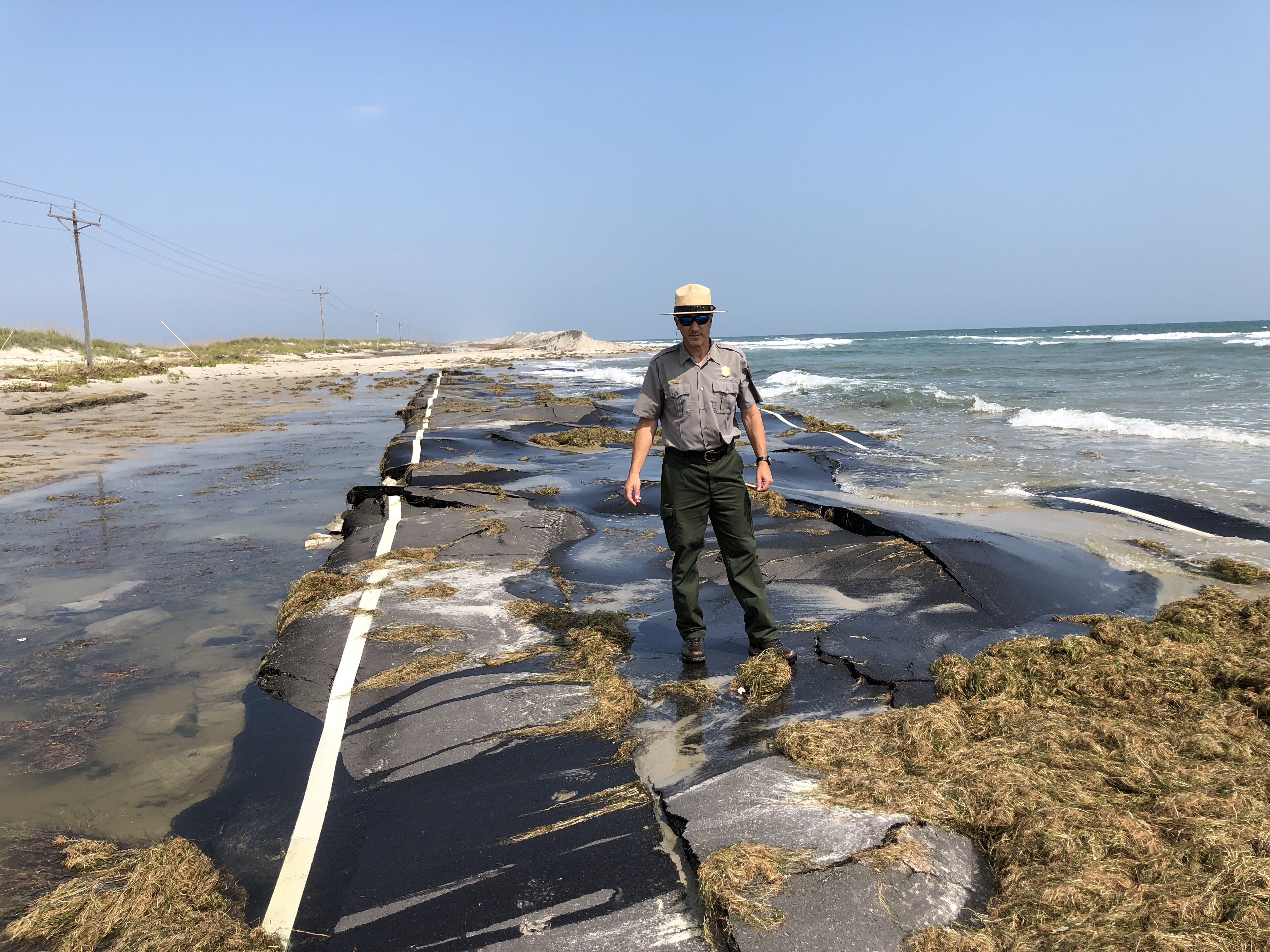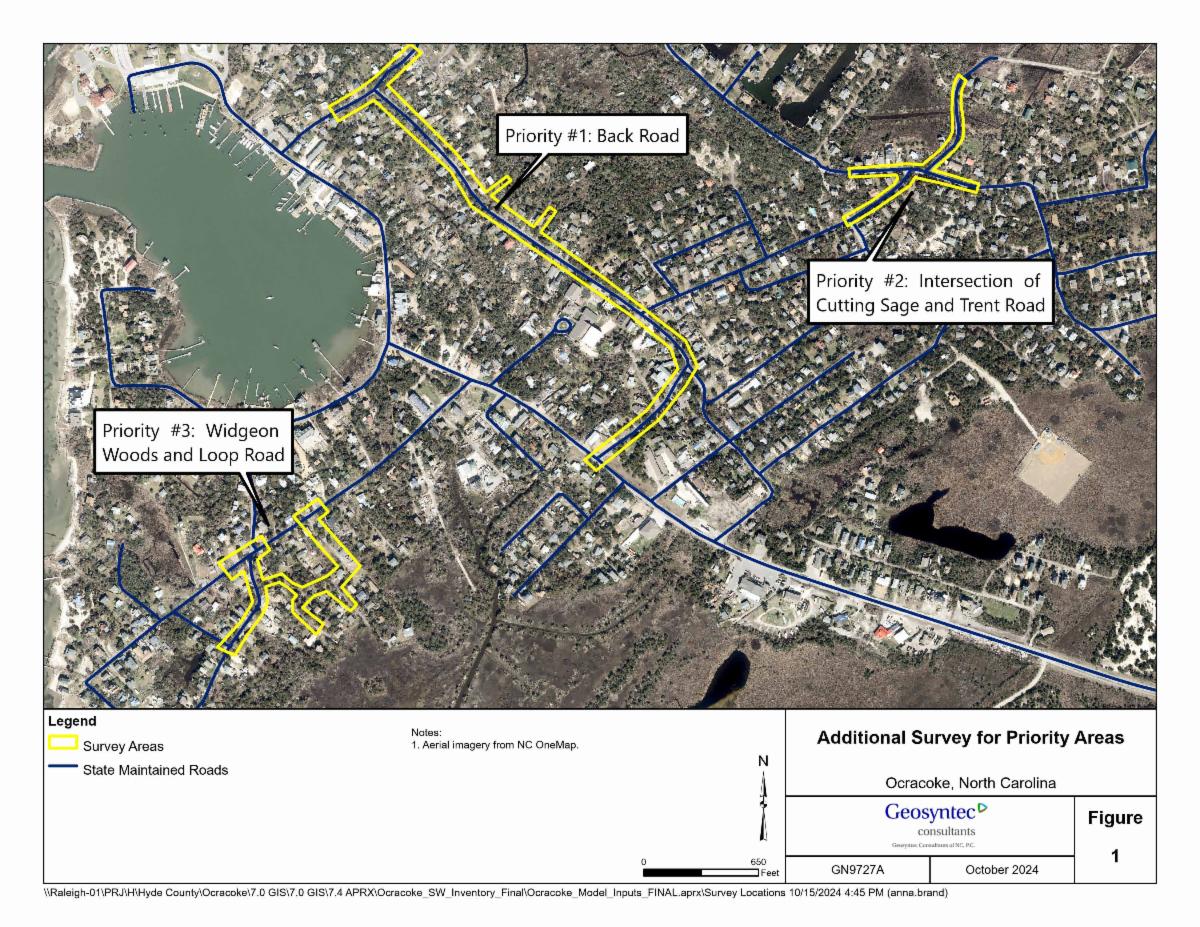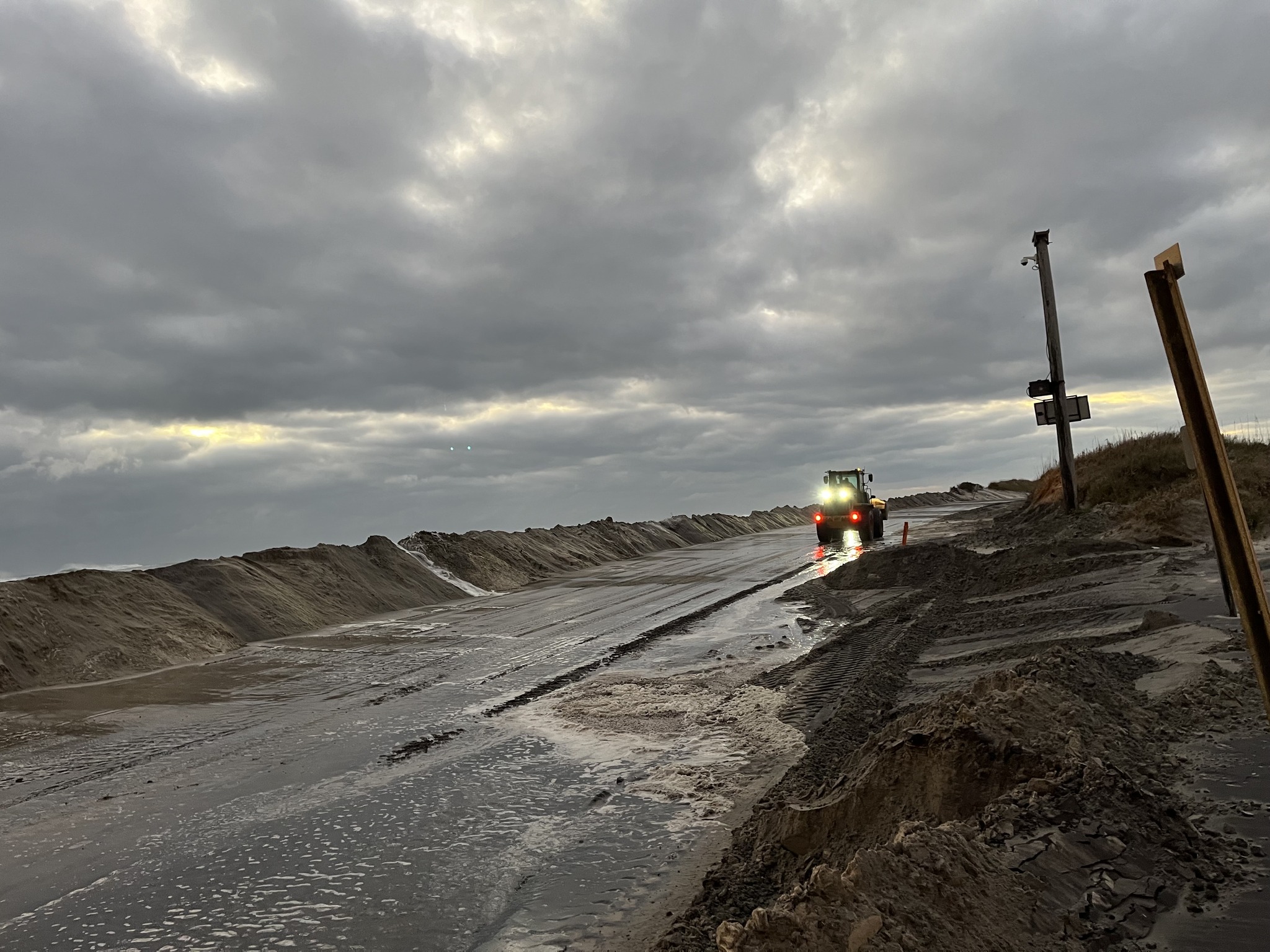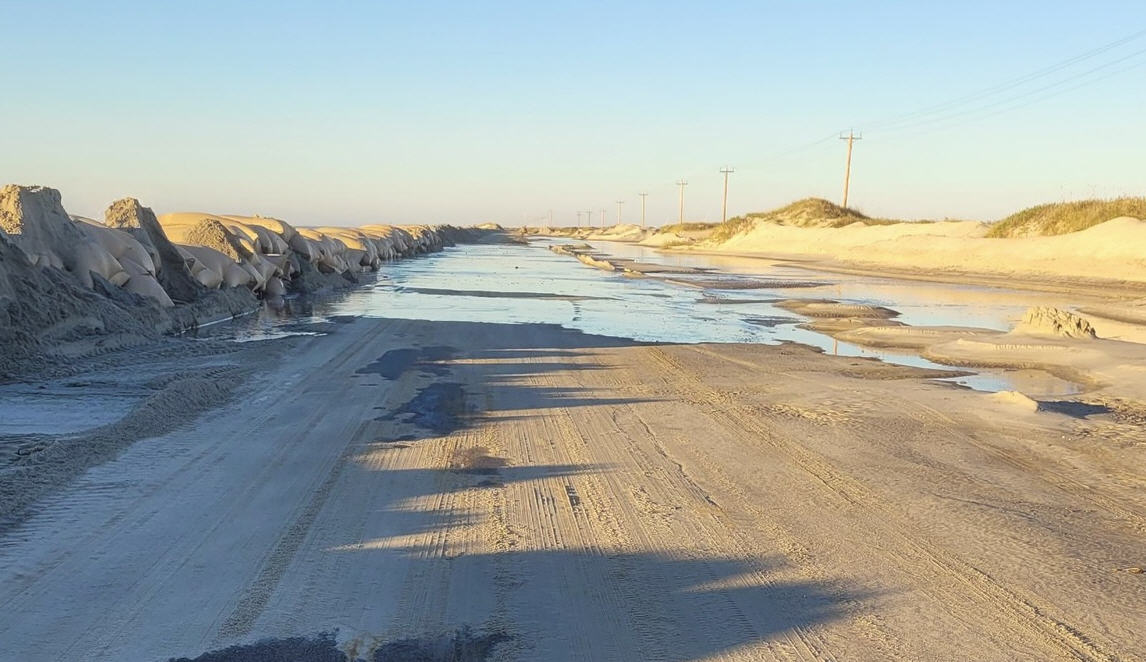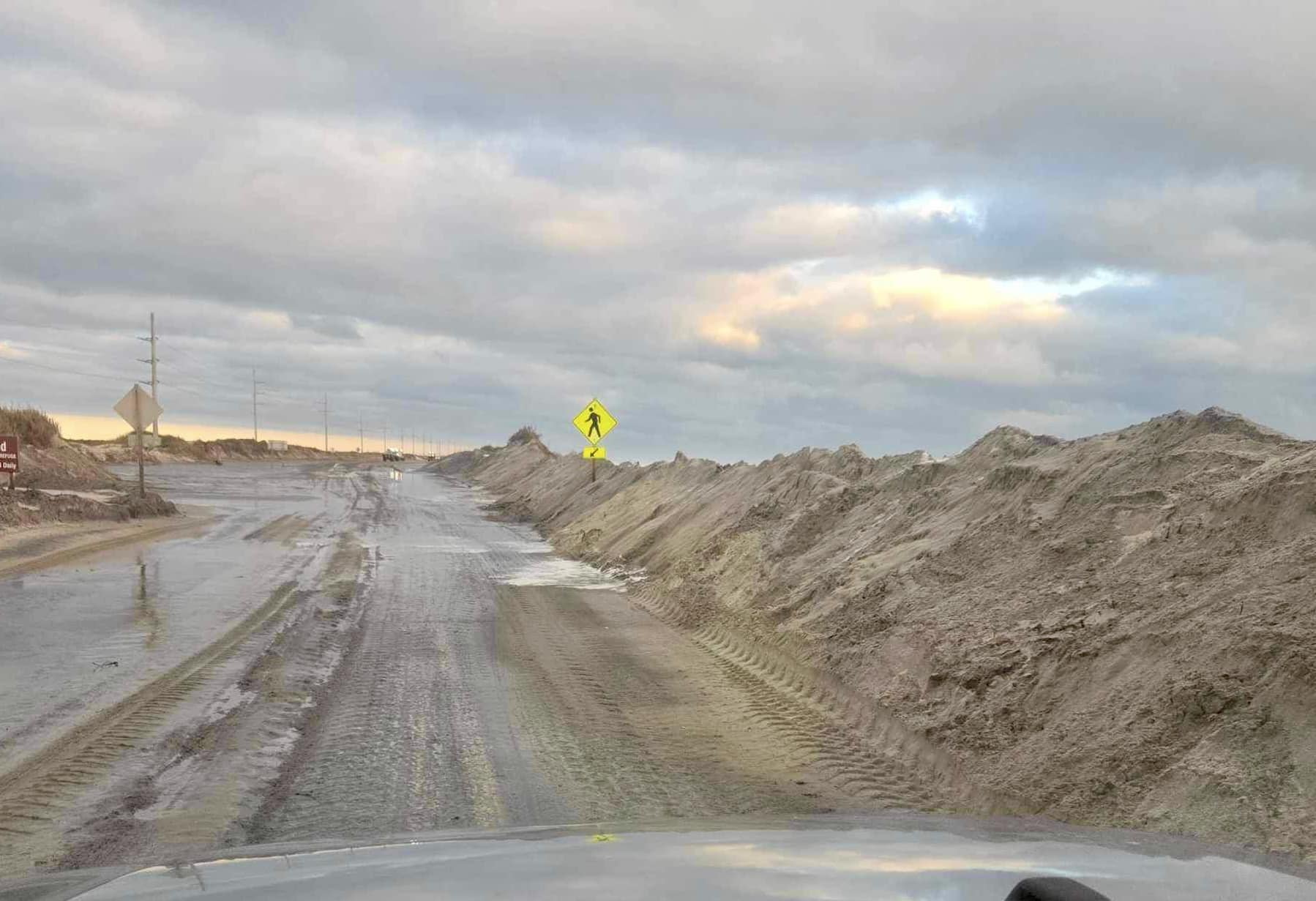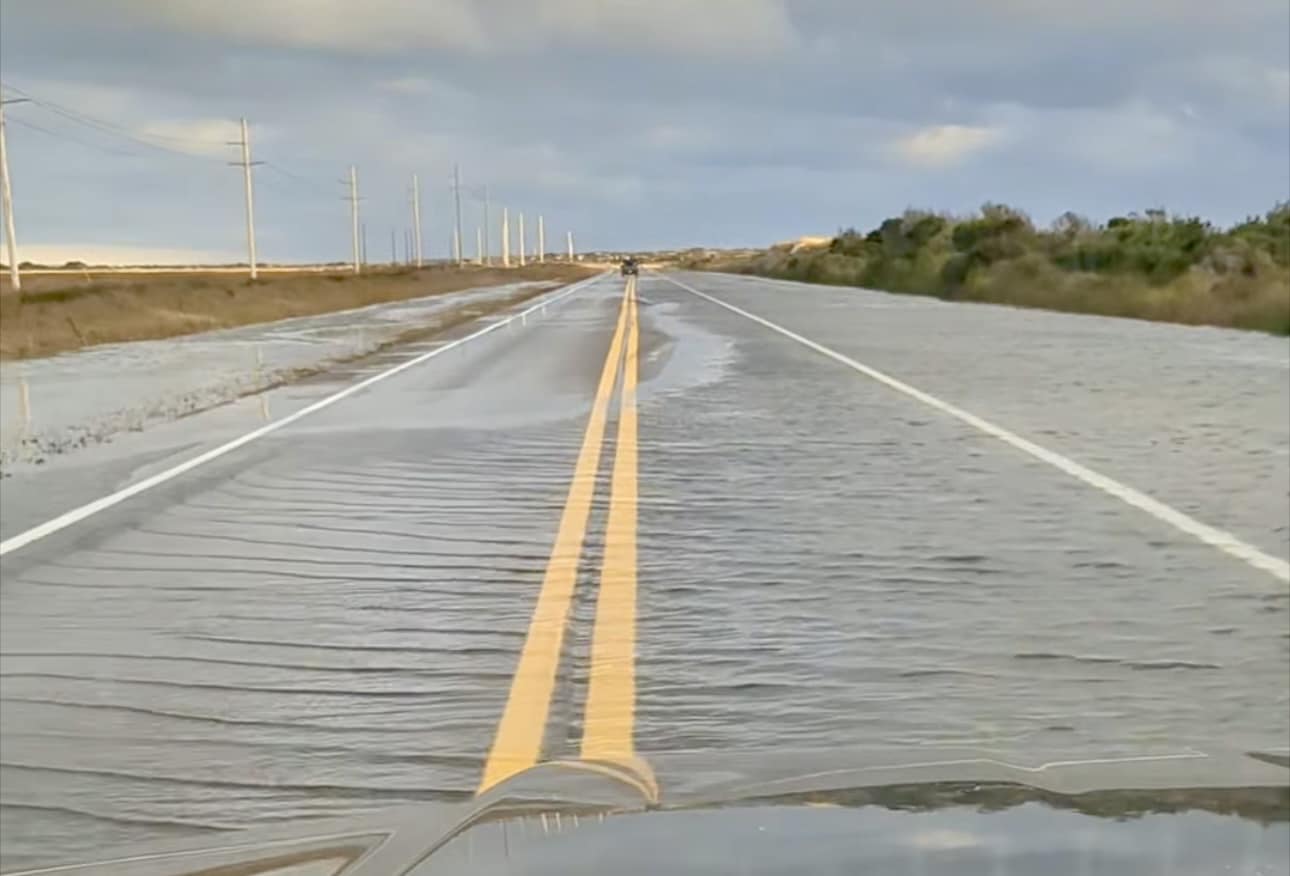NOAA proposes expanding right whale protections
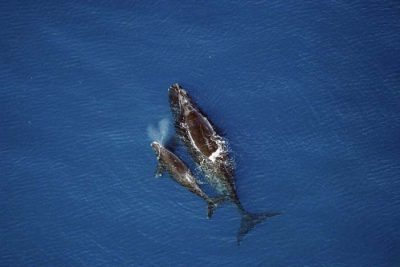
The National Oceanic and Atmospheric Administration is asking for public comment on proposed changes that would expand mandatory speed restrictions for vessels to reduce the likelihood of collisions with north Atlantic right whales.
Ship collisions are a leading cause of North Atlantic right whale injury and death.
The proposed changes would expand mandatory speed restrictions of 10 knots or less to include most vessels 35 to 65 feet in length and broaden the areas and timing of seasonal speed restriction zones along the East Coast.
Comments on the changes are due by Sept. 30, and webinars have been scheduled in August to detail the proposed changes and answer questions. The webinars are set for 2-3 p.m. Aug. 10, 6-7:30 p.m. Aug. 16, and 6-7:30 p.m. Aug. 24. Register and provide written questions in advance.
“Collisions with vessels continue to impede North Atlantic right whale recovery. This proposed action is necessary to stabilize the ongoing right whale population decline, in combination with other efforts to address right whale entanglement and vessel strikes in the U.S. and Canada,” said NOAA Fisheries Assistant Administrator Janet Coit in a statement.
Conservation group Oceana applauded the move, but said the proposed rule could go even further by removing the exemptions for federal vessels along with a commitment from NOAA to effectively enforce the regulations.
“There is a glimmer of hope for critically endangered North Atlantic right whales today — the government is proposing strong new measures to reduce the deadly threat of vessel strikes. Today’s proposed rule shows that the National Marine Fisheries Service is serious about addressing a top threat to North Atlantic right whales, which are constantly at risk from speeding vessels,” said Gib Brogan, campaign director at Oceana, in a statement. “It’s no secret that speeding vessels are rampant throughout North Atlantic right whales’ migration route, all along the East Coast. Oceana welcomes the proposed rule and urges the agency to remove dangerous exemptions, and commit to enforcing the rule to make waters safer for North Atlantic right whales.”
Oceana has an online tool for tracking vessel speeds in active speed zones called Ship Speed Watch.
NOAA said the proposed changes to the current speed rule address two key problems impacting right whale recovery, misalignment between areas and times of high vessel strike risk and current Seasonal Management Areas spatial and temporal bounds and the lack of mandatory speed restriction on vessels between 35 and 65 feet in length that present a lethal threat to right whales.
During the past two and a half years, NOAA Fisheries has documented four lethal (death and serious injury) right whale vessel strikes in U.S. waters, a problem that is impeding the species’ recovery and contributing to the population’s decline.
North Atlantic right whales are approaching extinction with fewer than 350 individuals and fewer than 100 reproductively active females remaining. There have been 51 right whale serious injuries and deaths in U.S. and Canadian waters since 2017. Climate-related impacts and prey availability have also contributed to the population’s reduced fitness.
However, vessel strikes and entanglements continue to drive the population’s decline and are the primary cause of serious injuries and mortalities, according to NOAA. North Atlantic right whales are especially vulnerable to vessel strikes due to their coastal distribution and frequent occurrence at near-surface depths. This is particularly true for females with calves.
Information on the rule and how comments may be submitted electronically at https://www.fisheries.noaa.gov/action/amendments-north-atlantic-right-whale-vessel-strike-reduction-rule.






